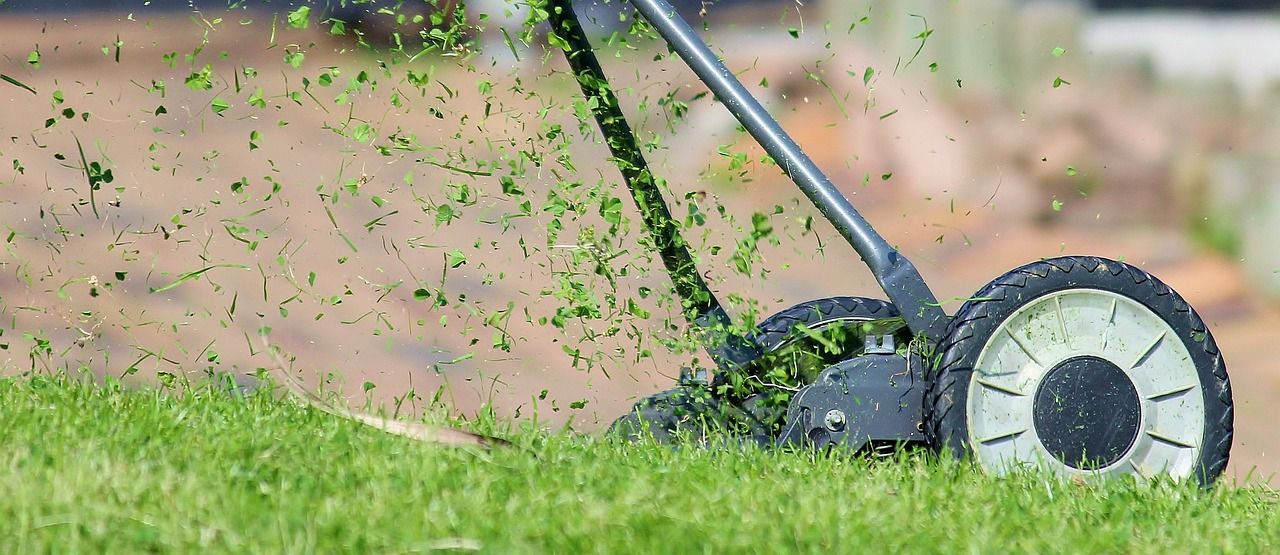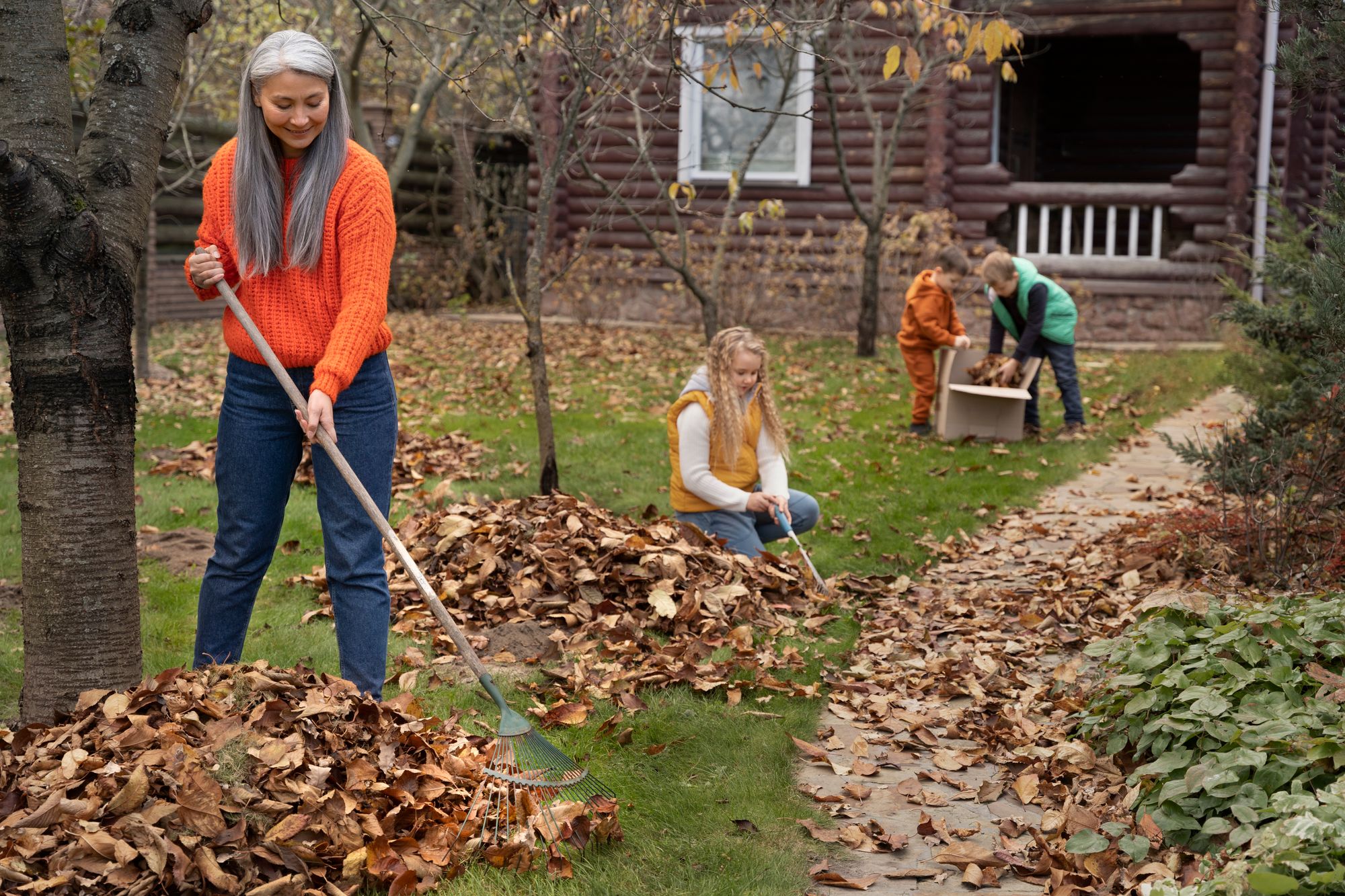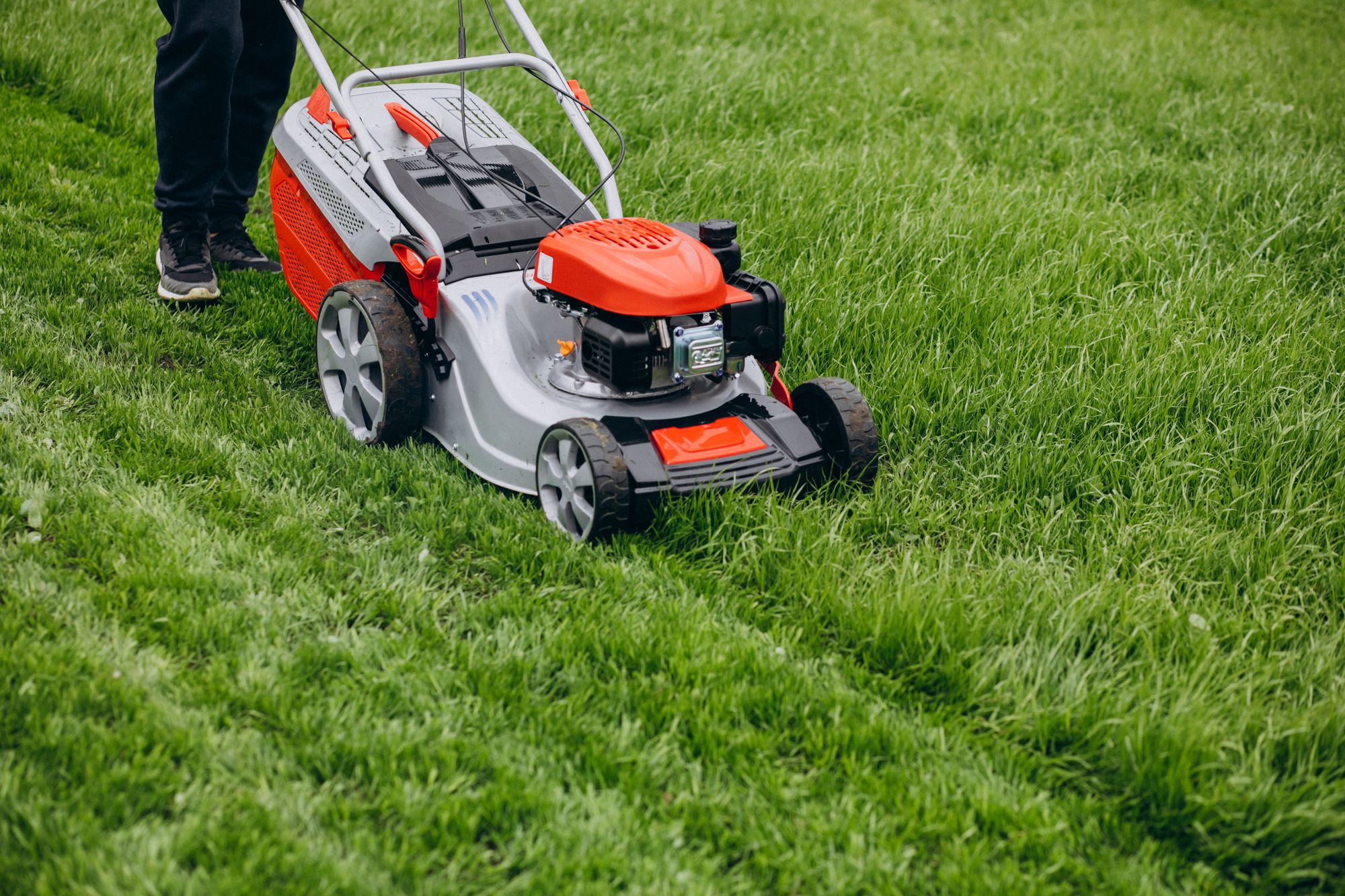Key Takeaways
- Seasonal gardening requires adapting your maintenance approach throughout the year, helping you create and maintain a beautiful outdoor space across all seasons
- Strategic planning of your garden care schedule - including planting, pruning, watering, and fertilizing at optimal times - is essential for year-round garden success
- Spring focuses on preparation: cleaning up winter debris, soil amendment, and planting summer-blooming bulbs (typically March-May depending on your region)
- Summer maintenance demands consistent care through regular watering (ideally early morning or evening), mulching to retain moisture, and pruning to encourage healthy growth
- Fall is prime cleanup time: removing dead plants and fallen leaves while preparing beds for winter dormancy (typically September-November in most US regions)
- Winter care emphasizes protection through mulching, wrapping sensitive plants, and strategic planning for spring while plants are dormant
- The right tools and timing for each season's tasks - combined with knowledge of seasonal-appropriate plants - are crucial for maintaining a vibrant garden year-round
Introduction to Seasonal Gardening
Imagine stepping into your backyard and being greeted by a vibrant, thriving garden - no matter what season it is.
This isn't just a dream; it's entirely achievable through strategic seasonal gardening. With 77% of U.S. households now embracing gardening, more homeowners are discovering the year-round benefits of this rewarding activity.
Beyond the aesthetic appeal, a well-maintained garden can significantly boost your property's value.
Michigan University research shows that proper landscaping can increase home value by up to 12.7% - translating to a $38,000 increase for a $300,000 home. Plus, regular gardening offers proven therapeutic benefits, reducing stress and improving mental well-being.
Whether you're a novice gardener or an experienced green thumb, this comprehensive guide will walk you through maintaining a stunning garden through every season, maximizing your investment, and creating an outdoor sanctuary you can enjoy year-round.
Essential Seasonal Tools and Investment
Must-Have Garden Tools
Every successful gardener needs a well-equipped toolset. Here's your essential toolkit with current market prices:
Basic Tools:
- Premium pruning shears ($15-50) - Look for ergonomic handles and bypass-style blades
- Heavy-duty garden trowel ($10-25) - Essential for planting and transplanting
- Expandable garden hose with adjustable nozzle ($25-100) - Invest in kink-resistant materials
- Professional-grade leaf rake ($10-40) - Choose adjustable width options
- Durable garden fork ($25-60) - Vital for soil preparation and composting
- Weather-resistant snow shovel ($20-50) - For winter garden maintenance
Smart Investment Tips:
- Purchase tools during off-season sales (save 20-30%)
- Invest in quality over price - professional-grade tools last 3-4 times longer
- Consider tool maintenance kits ($15-25) to extend longevity
- Look for warranties on higher-priced items
Storage Solutions:
- Tool shed organization system ($50-100)
- Wall-mounted tool racks ($20-40)
- Weather-proof storage containers ($30-50)
Annual tool maintenance costs typically range from $75-150, but proper care can significantly extend tool life and reduce replacement needs.

Season-by-Season Care Guide
Spring (March-May): The Foundation Season
- Initial cleanup: Remove winter debris and dead plant material
- Soil preparation: Test soil pH ($15-30) and amend accordingly
- Add 2-3 inches of quality compost ($8-12 per bag)
- Start seeds indoors 6-8 weeks before last frost
- Plant summer-blooming bulbs once soil reaches 60°F
Spring Maintenance Checklist:
✓ Prune winter-damaged branches
✓ Apply pre-emergent weed control
✓ Service lawn mower and tools
✓ Set up irrigation systems
✓ Plant cold-hardy vegetables (peas, lettuce, spinach)
Cost estimate: $100-200 for supplies and soil amendments
Summer (June-August): Peak Growing Season
- Water deeply early morning/evening (saves 30% water)
- Apply 3-inch layer of mulch (reduces watering by 25%)
- Monitor for pests weekly
- Deadhead flowers regularly for continuous blooming
- Harvest vegetables at peak ripeness
Summer Success Tips:
✓ Install drip irrigation (saves up to 50% on water bills)
✓ Use moisture meters ($10-15) to prevent overwatering
✓ Apply organic fertilizers monthly
✓ Prune spring-flowering shrubs after blooming
✓ Stake tall plants before they get too heavy
Cost estimate: $50-150 for mulch and maintenance supplies
Fall (September-November): Preparation Season
- Remove dead plants and debris
- Divide overcrowded perennials
- Plant spring bulbs 6 inches deep
- Add compost to beds
- Protect tender plants before first frost
Fall Checklist:
✓ Clean and sharpen tools
✓ Store temperature-sensitive equipment
✓ Plant cover crops in vegetable gardens
✓ Collect leaves for composting
✓ Apply winter mulch
Cost estimate: $75-125 for bulbs and cleanup supplies
Winter (December-February): Planning and Protection
- Use burlap wraps for sensitive shrubs ($15-20 each)
- Monitor winter damage after storms
- Plan next season's garden layout
- Order seeds early for best selection
- Maintain tools and equipment
Winter Protection Strategies:
✓ Apply winter mulch around perennials
✓ Create windbreaks for vulnerable plants
✓ Check stored bulbs monthly
✓ Keep paths clear of snow and ice
✓ Monitor for winter pests
Cost estimate: $50-100 for winter protection supplies
Smart Gardening Tips
Water-Wise Gardening
- Install native plants to reduce water usage by 30-50%
- Group plants with similar water needs (hydrozoning)
- Water deeply but less frequently to encourage deep root growth
- Install rain barrels ($50-100) to collect free water
- Use soaker hoses ($20-30) for efficient irrigation
Cost-Effective Plant Selection
- Choose perennials over annuals (saves $100-200 annually)
- Select disease-resistant varieties
- Plant flowering shrubs for long-term value
- Mix ornamentals with edibles for dual benefits
- Use groundcovers to reduce maintenance needs
Space Optimization
- Vertical gardening saves 40% of ground space
- Square foot gardening yields 30% more produce
- Companion planting reduces pest issues by 25%
- Create defined garden rooms for better organization
- Use container gardens for flexibility
Tech Integration
- Smart irrigation controllers ($50-150) reduce water waste by 40%
- Soil moisture meters ($10-30) prevent overwatering
- Garden planning apps (free-$20) optimize layout
- Weather stations ($30-100) for precise timing
- Plant identification apps help with maintenance decisions

Actionable Tips Section
Quick Success Tips:
Getting Started Right
• Start with a soil test ($15-30) before any planting
• Begin with 2-3 manageable garden beds
• Keep detailed garden journals
• Join local gardening groups (often free)
• Take monthly photos to track progress
Money-Saving Strategies:
Smart Investment Approaches
• Start plants from seeds ($2-5 vs. $5-10 per plant)
• Create compost (saves $100+ annually on fertilizer)
• Organize tool-sharing with neighbors
• Buy bulk materials (saves 30-40%)
• Purchase during end-of-season sales (50-70% off)
Common Mistakes to Avoid:
Learning from Others
• Overwatering (wastes up to 50% water)
• Improper plant spacing (reduces yield by 30%)
• Skipping soil preparation (affects growth by 40%)
• Ignoring local climate zones
• Missing seasonal maintenance windows
Professional Tips:
Expert Insights
• Mulch in spring and fall (3-inch layer)
• Prune during dormant seasons
• Rotate annual plants yearly
• Check plants weekly for issues
• Maintain tool sharpness monthly

Conclusion
Your garden's success doesn't happen by chance—it's the result of thoughtful planning, consistent care, and smart investment.
By following this seasonal guide, you can create a thriving garden that provides beauty, value, and enjoyment throughout the year.
Remember, even small improvements like proper tool maintenance and smart water usage can lead to significant savings—up to $500 annually for the average homeowner.
Ready to transform your outdoor space? Start with one season at a time, and don't hesitate to seek expert advice.
For more gardening tips and home improvement financing options, explore SimpleDirect's resources. Your dream garden is just a season away.
Call to Action:
Want to calculate the potential return on investment for your garden project? Use SimpleDirect's home improvement calculator to plan your budget effectively.
Our financing options can help you create the garden of your dreams without straining your finances.






